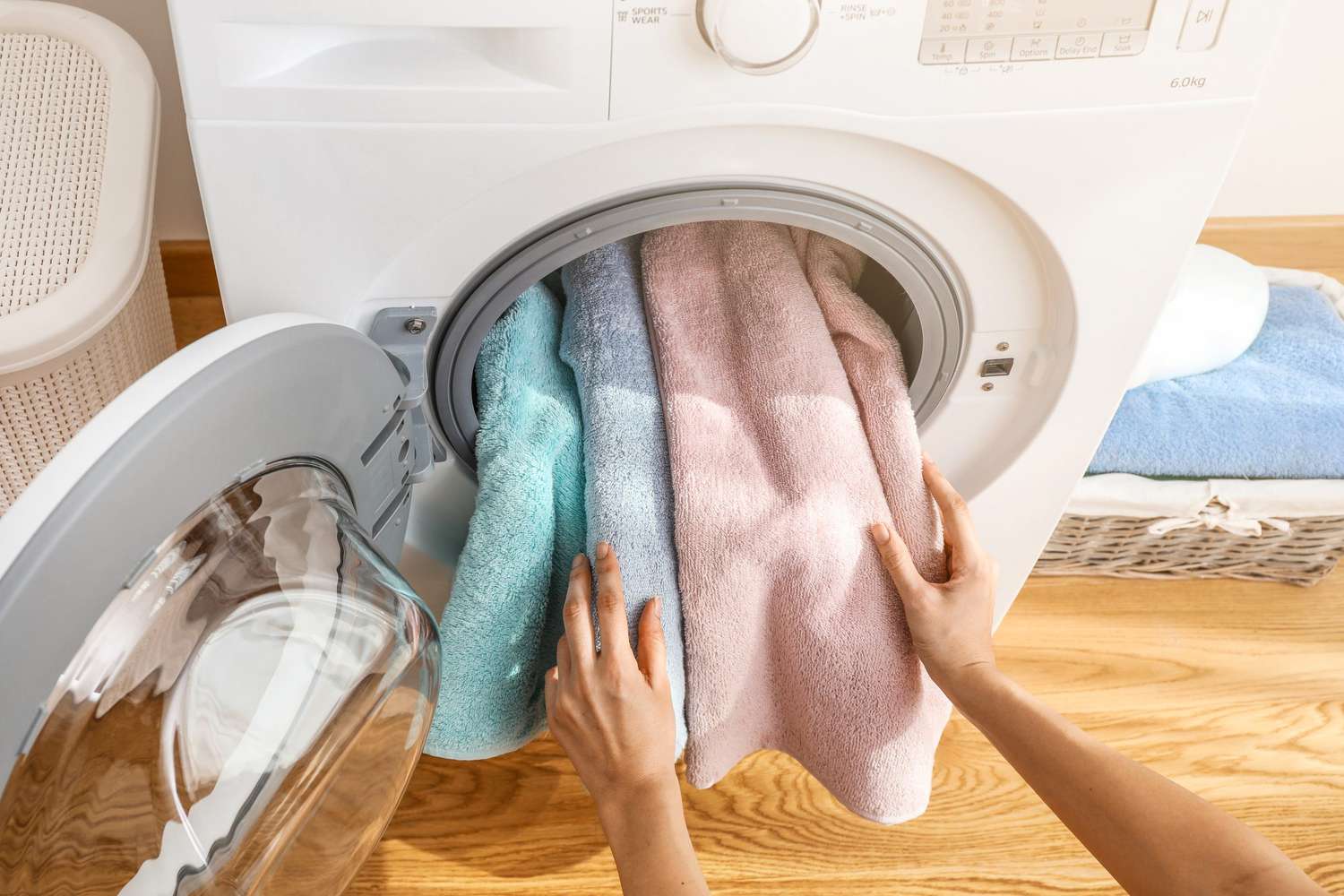

Articles
How To Refresh Towels In A Front Load Washer
Modified: October 28, 2024
Learn how to refresh towels in a front load washer with these helpful articles. Keep your towels fresh and clean for longer!
(Many of the links in this article redirect to a specific reviewed product. Your purchase of these products through affiliate links helps to generate commission for Storables.com, at no extra cost. Learn more)
Introduction
Towels are an essential part of our daily lives. We rely on them for drying off after a refreshing shower, wrapping ourselves in warmth after a dip in the pool, or simply for wiping away spills and messes. Over time, however, towels can start to lose their freshness and absorbency. They may develop a musty smell or become stiff and scratchy, making them less enjoyable to use. If you have a front load washer, you have the perfect tool to refresh and revive your towels.
In this article, we will guide you through the steps to refresh your towels in a front load washer, bringing them back to life and restoring their softness and absorbency. Whether you want to revitalize towels that have been sitting in your linen closet for a while or you simply want to maintain the freshness of your towels on a regular basis, these tips will help you achieve the desired results.
So, why do towels need refreshing in the first place? Let’s find out.
Key Takeaways:
- Revive your towels in a front load washer by following simple steps, including preparing the washer, selecting the right settings, and adding refreshing agents. Enjoy soft, fresh, and rejuvenated towels for a delightful drying experience.
- Maintain towel freshness by implementing tips such as air-drying after use, avoiding excessive detergent, and rotating towels regularly. Keep your towels clean, soft, and ready for use with these easy-to-follow maintenance practices.
Why Do Towels Need Refreshing?
Towels are constantly exposed to moisture, whether it’s from the water we use, the dampness of our bodies, or even the humidity in the air. This makes them an ideal breeding ground for bacteria and mildew. Over time, these microorganisms can build up in the fibers of the towel, causing a musty smell and reducing the towel’s absorbency.
Additionally, regular use and washing can lead to the buildup of detergent residue and fabric softener. While these products are designed to keep our fabrics clean and soft, they can leave behind a film on the towel fibers, making them less absorbent and leading to a less-than-refreshing drying experience.
By refreshing your towels in a front load washer, you can effectively remove bacteria, mold, and detergent residue, leaving your towels clean, soft, and ready to provide optimal drying performance.
Now that we understand the importance of refreshing our towels, let’s dive into the steps to achieve fresh and rejuvenated towels.
Step 1: Preparing the Front Load Washer
Before refreshing your towels in a front load washer, it’s essential to ensure that the machine is clean and free from any lingering odors or residue. Start by wiping down the interior of the washer with a damp cloth and a mild detergent. Pay special attention to the rubber gasket and the detergent dispenser, as these areas can accumulate grime and mildew over time.
Once the washer is clean, it’s a good idea to run an empty cycle with hot water and a cup of white vinegar to further eliminate any lingering odors and disinfect the machine. This step will help remove any bacteria or mold that may be present in the washer.
After the vinegar cycle is complete, run another empty cycle with hot water to rinse away any remaining vinegar residue. This ensures that your towels will not have any unwanted vinegar scent.
Now that your front load washer is clean and ready, it’s time to move on to the next step: sorting and loading the towels.
Step 2: Sorting and Loading the Towels
Sorting your towels before washing can help ensure an even and effective refresh. Separate your towels based on color, fabric type, and level of dirtiness. This will prevent color bleeding and allow you to adjust the wash settings accordingly.
If you have towels with stubborn stains or heavy soiling, it’s a good idea to pre-treat them before adding them to the washer. This can be done by spot-cleaning the stains with a stain remover or a mixture of water and detergent. Allow the pre-treated areas to sit for a few minutes before loading them into the washer.
When loading the towels into the front load washer, avoid overloading the machine. Overcrowding can prevent the towels from getting a thorough refresh. Leave enough space for the water and detergent to circulate freely. If necessary, divide the load into smaller batches to ensure proper cleaning and refreshing.
Keep in mind that it’s best to wash towels separately from other garments, especially delicate fabrics, to avoid any potential damage or lint transfer. This will help maintain the quality and appearance of both your towels and other clothing items.
Now that your towels are sorted and loaded, let’s move on to selecting the right settings for the refresh cycle.
Step 3: Selecting the Right Settings
Choosing the appropriate settings on your front load washer is crucial to ensure a successful and effective towel refresh. The settings may vary depending on the specific model of your washer, so consult the manufacturer’s manual for guidance.
Start by selecting a wash cycle that is suitable for towels. Most front load washers have a “Towels” or “Heavy Duty” cycle specifically designed for deep cleaning and removing built-up residue. This cycle typically uses hotter water and a longer wash time, allowing for a thorough refresh.
If your towels are heavily soiled or have stubborn stains, you may want to consider adding an extra pre-wash cycle or selecting a “Heavy Soil” option if available. This will help loosen and remove any tough dirt or stains before the main wash cycle.
In terms of water temperature, choose the hottest option that is safe for your towels based on their fabric care instructions. Hot water can help in killing bacteria and removing odors effectively. However, make sure not to use hot water for towels that are made of delicate or synthetic materials that could shrink or get damaged.
Additionally, select the appropriate spin speed. Higher spin speeds can help remove excess water from the towels, reducing drying time. However, if you have delicate towels or towels with decorative trims, opting for a lower spin speed can prevent any potential damage.
Lastly, consider using an extra rinse cycle to ensure that all detergent residue is thoroughly removed from the towels. This will help prevent any leftover residue from causing the towels to feel stiff or less absorbent after the refresh cycle.
Now that you have selected the right settings, let’s move on to the next step: adding the refreshing agents.
Read more: How To Load Top Load Washer Without Agitator
Step 4: Adding the Refreshing Agents
To enhance the refreshment of your towels, you can add certain agents to the wash cycle. These refreshing agents can help eliminate odors, restore softness, and enhance the overall cleanliness of your towels.
One popular refreshing agent is baking soda. It is a natural deodorizer and can help remove unpleasant smells from your towels. Add about half a cup of baking soda to the detergent dispenser or directly into the drum of the washer. Baking soda can also help to soften the towels and enhance their absorbency.
Vinegar is another effective refreshing agent. It helps eliminate musty odors and can remove detergent build-up from the towels. Add about half a cup of white vinegar to the fabric softener dispenser or during the rinse cycle to ensure thorough distribution throughout the towels. The vinegar will also help to restore the pH balance of the towels.
If you prefer a fresh scent, you can add a few drops of essential oils to the vinegar or baking soda. Choose oils with antibacterial properties, such as tea tree oil or lavender oil, to add a pleasant fragrance and an extra boost of freshness to your towels.
Remember to avoid using fabric softeners or dryer sheets during the refresh cycle as they can leave a residue that reduces the absorbency of the towels. The refreshing agents mentioned above will provide the desired results without affecting the quality of your towels.
Now that you have added the refreshing agents, it’s time to move on to running the refresh cycle in your front load washer.
Add a cup of white vinegar to the detergent dispenser and run a hot water cycle with no detergent. Then, run a second hot water cycle with a half cup of baking soda to refresh towels in a front load washer.
Step 5: Running the Refreshing Cycle
Now that you have prepared your front load washer and added the refreshing agents, it’s time to run the refreshing cycle to revitalize your towels.
Start by closing the washer door and ensuring that all settings and agents are properly in place. Double-check that you have selected the appropriate wash cycle, water temperature, and spin speed as discussed earlier.
Once you’re ready, press the start button to begin the refresh cycle. Sit back and allow the washer to do its job, thoroughly cleaning and refreshing your towels.
During this cycle, the hot water, detergent, and refreshing agents will work together to eliminate bacteria, remove odors, and restore the softness and absorbency of your towels. The longer wash time and appropriate spin speed will ensure a deep and effective refresh.
Take this time to attend to other tasks or simply relax. You can rest assured that your towels are getting the attention they need to come out revitalized and ready to use.
Once the refreshing cycle is complete, it’s time to move on to the next step: drying the refreshed towels.
Step 6: Drying the Refreshed Towels
After the refreshing cycle in the front load washer is complete, it’s important to properly dry your towels to maintain their freshness and prevent any potential mildew development.
Begin by removing the towels from the washer and gently shaking them out to remove any excess water. This will help reduce drying time and prevent wrinkles.
Next, you have several options for drying your towels. One option is to hang them up outside on a clothesline or drying rack. This allows for natural airflow and sunlight exposure, which can further eliminate any remaining odors and add a fresh outdoor scent to your towels.
If outdoor drying is not possible or practical, you can use a dryer. Set the dryer to a medium or low heat setting to help preserve the quality and softness of the towels. Avoid using high heat, as it can cause the towels to feel rough and may shrink certain types of fabrics.
For an extra touch of freshness, you can add a dryer ball or a few clean tennis balls to the dryer. These balls will help fluff up the towels, promote even drying, and reduce static cling.
Once the towels are completely dry, remove them from the dryer or clothesline and give them a final shake to remove any lingering wrinkles. Your refreshed towels are now ready to be folded and stored.
Now that your towels are clean and dry, let’s move on to the final step: folding and storing them properly.
Step 7: Folding and Storing the Towels
Properly folding and storing your refreshed towels will help maintain their freshness and make them easily accessible for everyday use.
First, lay each towel flat on a clean surface, ensuring that it is evenly spread out and any wrinkles are smoothed out. Fold the towel in half lengthwise, bringing one short end to meet the other.
Next, fold the towel in half once again, this time bringing the folded edge towards you. The size of this fold will depend on the desired thickness of the final folded towel.
Now, fold the towel one more time, this time either in half or in thirds, depending on the size of the towel and how it will fit into your storage space. Try to maintain a consistent size and shape for all your folded towels to create a neat and organized appearance.
Once folded, place the towels in your designated storage area, such as a linen closet or shelves. It’s a good idea to stack them neatly, with larger towels at the bottom and smaller towels on top. This will make it easier to access the towels you need without disrupting the rest of the stack.
If you have limited storage space, consider rolling the towels instead of folding them. Rolling not only saves space but also makes it easier to see and select the towel you want without disturbing the others.
Remember to keep your freshly folded towels away from any sources of moisture or direct sunlight, as these can lead to mildew growth or fading of colors over time.
By following these steps, you can keep your refreshed towels clean, fresh, and ready for use whenever you need them.
Lastly, let’s go over some tips to help maintain the freshness of your towels on an ongoing basis.
Tips for Maintaining Fresh Towels
Now that you’ve refreshed your towels and they’re clean and revived, here are some tips to help maintain their freshness in between washes:
- Hang your towels to dry after each use. This will prevent the growth of bacteria and mildew.
- Avoid using fabric softeners or dryer sheets regularly. While they might make your towels feel softer, they can create a residue that reduces absorbency over time.
- Wash your towels separately from clothes or items with zippers and metal accessories. These items can cause friction and damage to the towels.
- Avoid using excessive detergent when washing towels. Too much detergent can leave residue behind, causing towels to feel less fresh and absorbent.
- Consider using distilled white vinegar as a natural fabric softener. Add half a cup to the rinse cycle occasionally to remove any leftover detergent residue and keep towels soft.
- Rotate your towels regularly. This helps distribute wear and tear evenly among your towel collection and prevents one towel from becoming overly worn or less absorbent.
- Refold and rearrange your stacked towels periodically to prevent them from developing permanent creases or flattening in certain spots.
- Keep your towel storage area well-ventilated to prevent moisture buildup and musty odors. If possible, use open shelves or a towel rack that allows air circulation.
- Consider using an airtight container or zipper storage bags for long-term towel storage. This helps keep towels fresh and protected from dust and moisture.
By following these tips, you can extend the freshness and lifespan of your towels, ensuring they remain soft, absorbent, and ready to use.
Conclusion
Refreshed towels can bring a sense of luxury and comfort to your daily routine. By following the steps outlined in this article, you can easily revitalize your towels and maintain their freshness. Utilizing the power of a front load washer, along with simple additional agents like baking soda and vinegar, you can eliminate odors, remove bacteria, and restore the softness and absorbency of your towels.
Remember to properly prepare your front load washer and select the appropriate settings for a thorough and effective refresh. Add refreshing agents like baking soda or vinegar to enhance the cleaning process. After the refreshing cycle, ensure your towels are properly dried, either by hanging them in fresh air or using a dryer on a low heat setting.
When it comes to folding and storing your towels, maintain a neat and organized system to keep them readily available and prevent any moisture or sunlight damage. By implementing these tips and incorporating regular maintenance habits, you can prolong the freshness of your towels and ensure they provide you with optimal comfort and functionality.
So, bid farewell to musty, stiff, and lackluster towels. With the knowledge and steps provided in this article, you can enjoy rejuvenated, soft, and absorbent towels every time you reach for them. Refreshing your towels in a front load washer is a simple yet effective way to give them the attention they deserve, ensuring they stay fresh and delightful to use in your everyday life.
Frequently Asked Questions about How To Refresh Towels In A Front Load Washer
Was this page helpful?
At Storables.com, we guarantee accurate and reliable information. Our content, validated by Expert Board Contributors, is crafted following stringent Editorial Policies. We're committed to providing you with well-researched, expert-backed insights for all your informational needs.
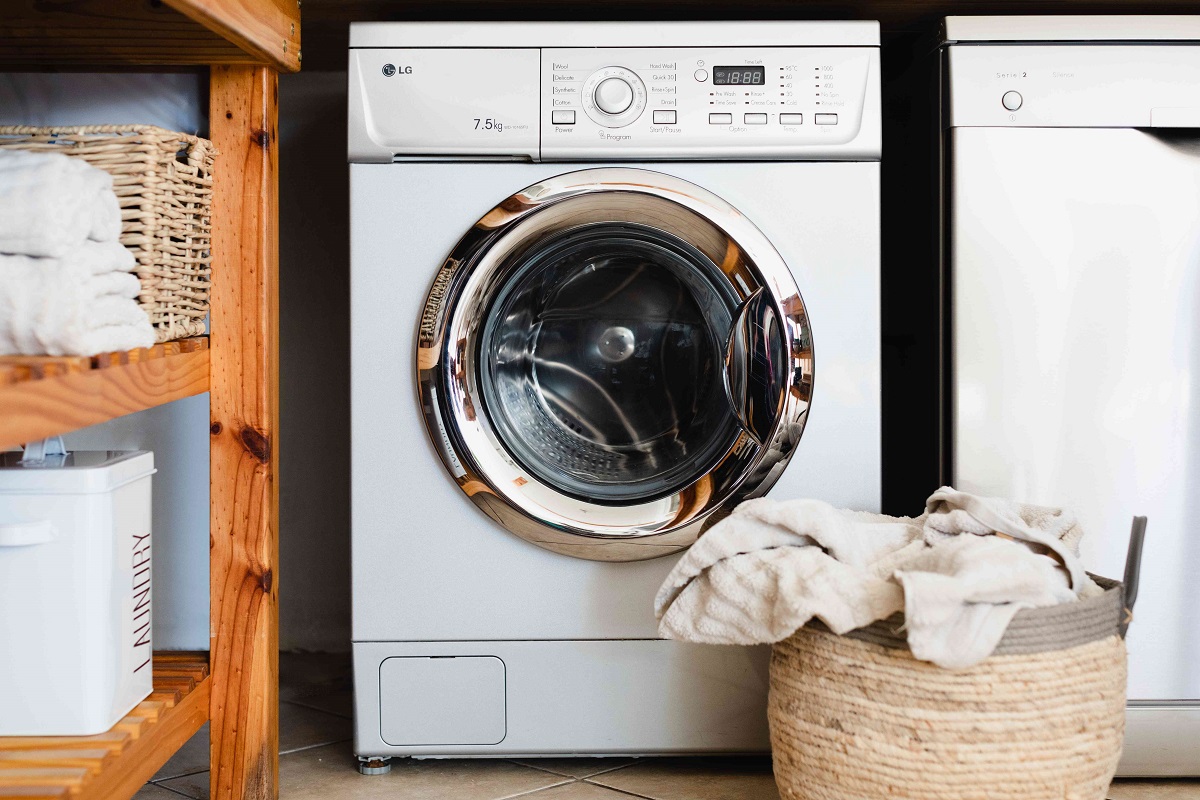

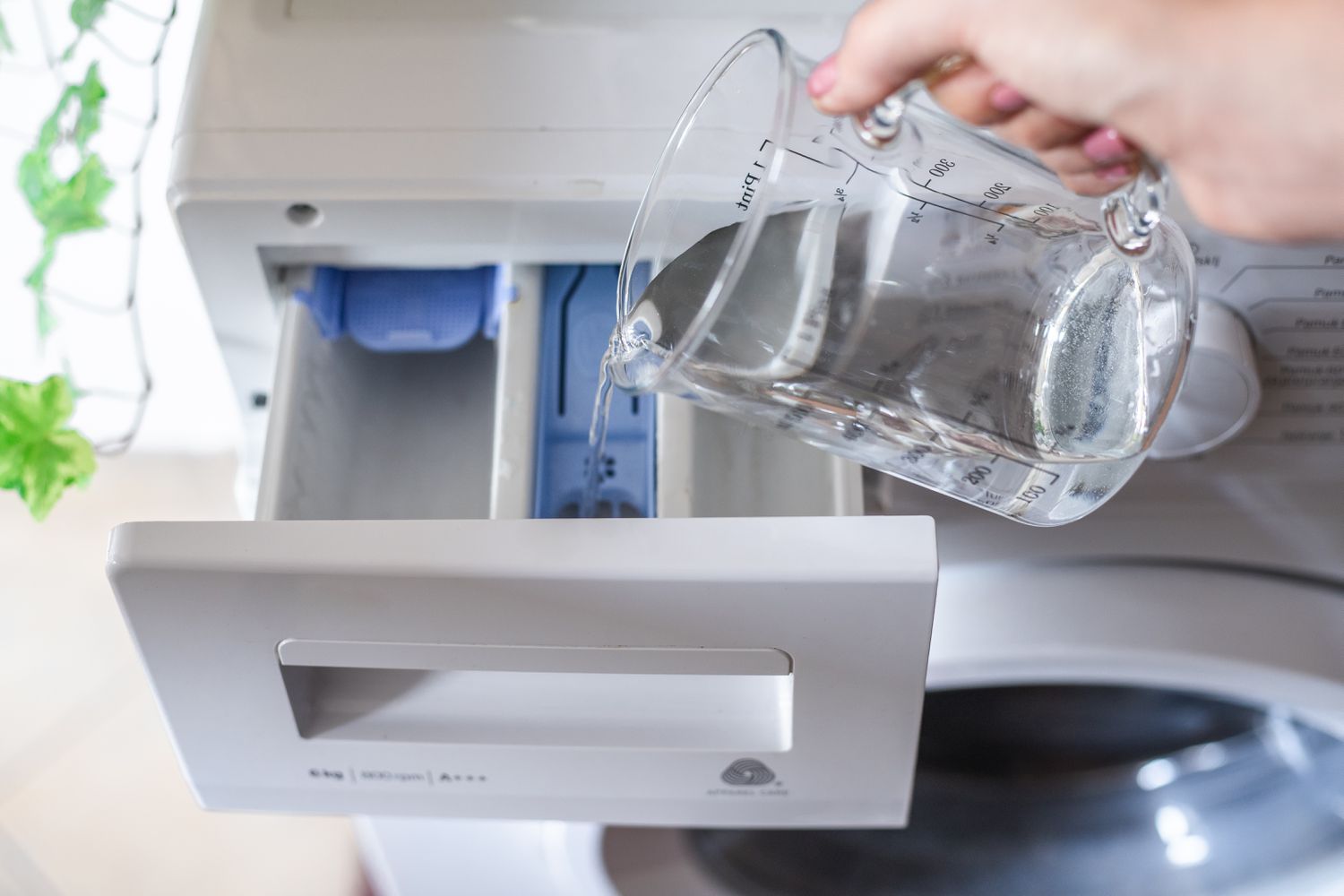
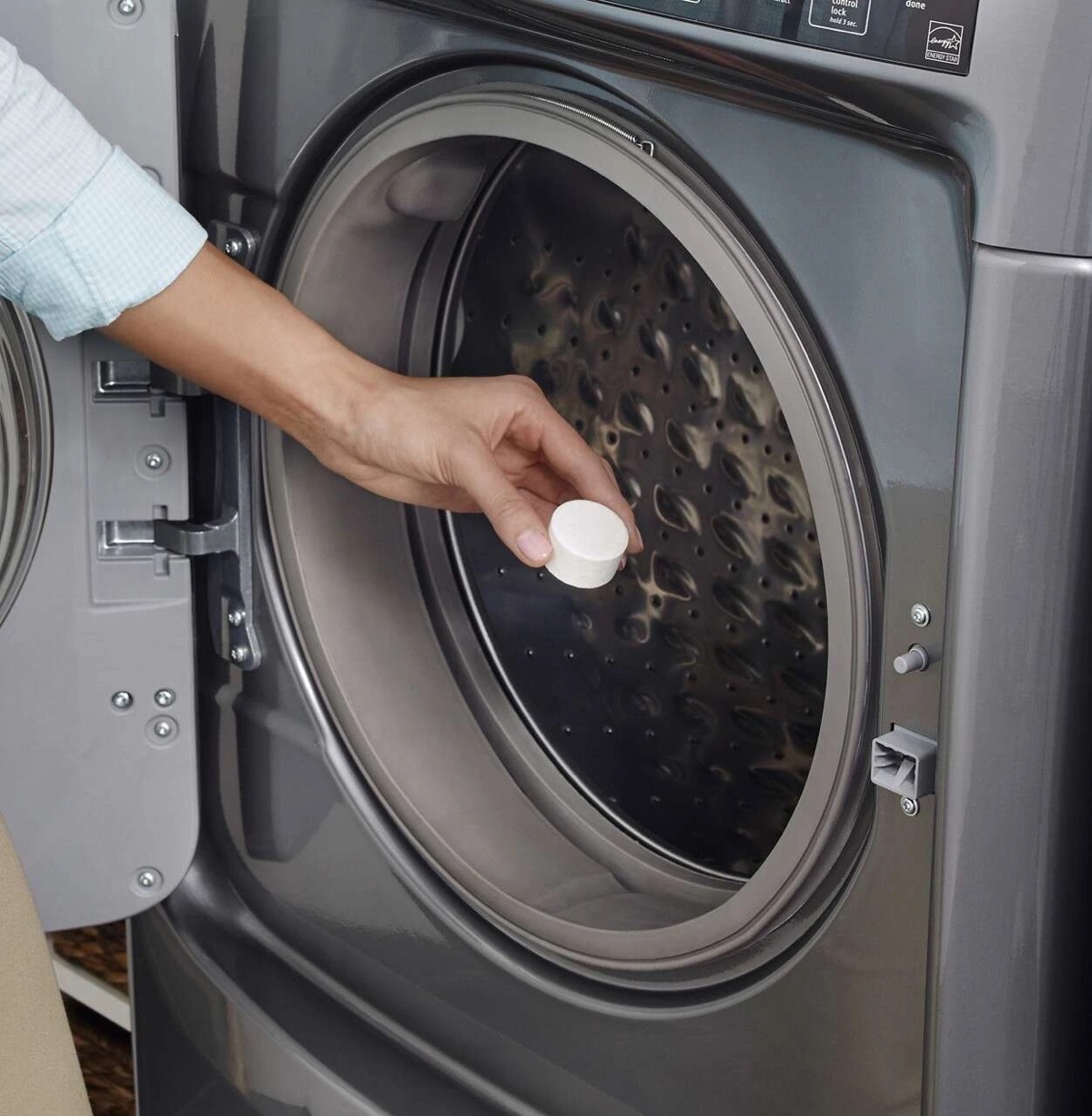
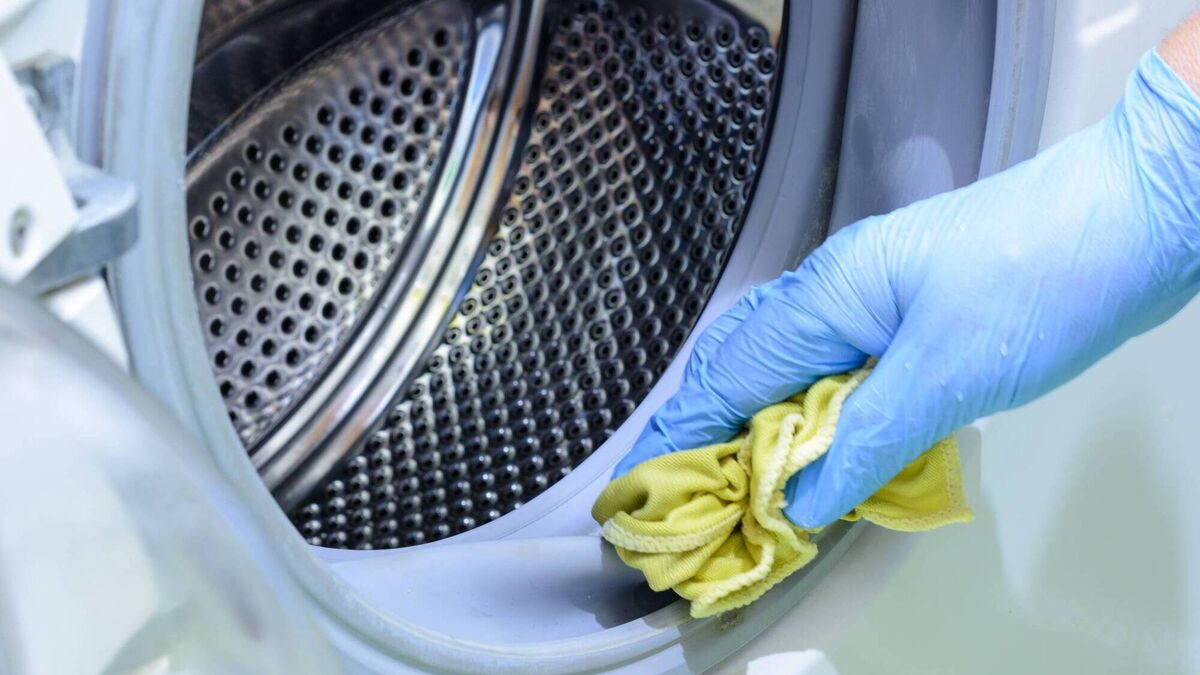
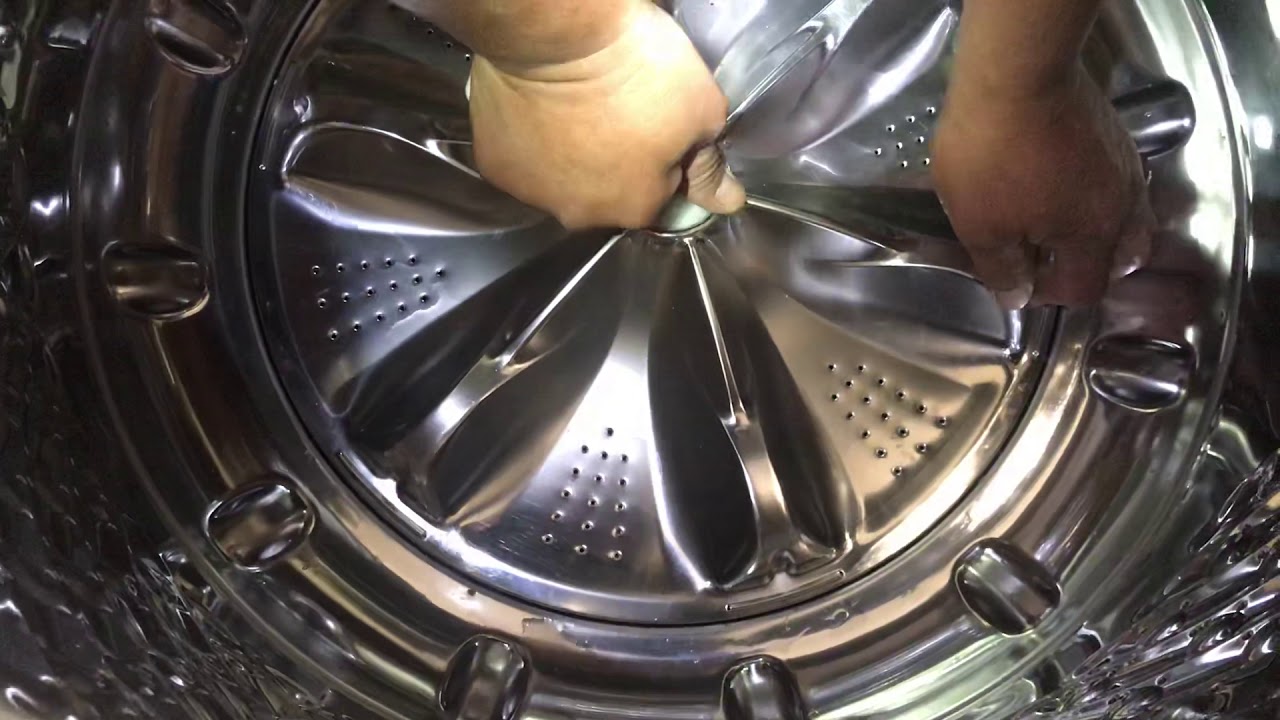

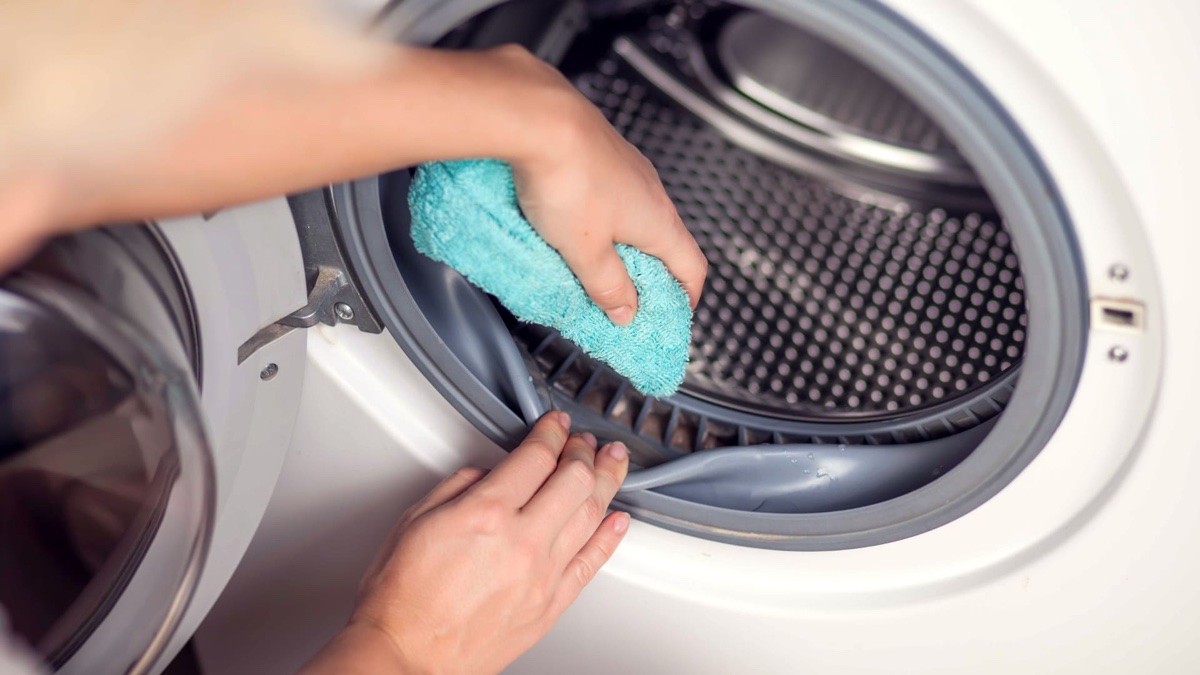
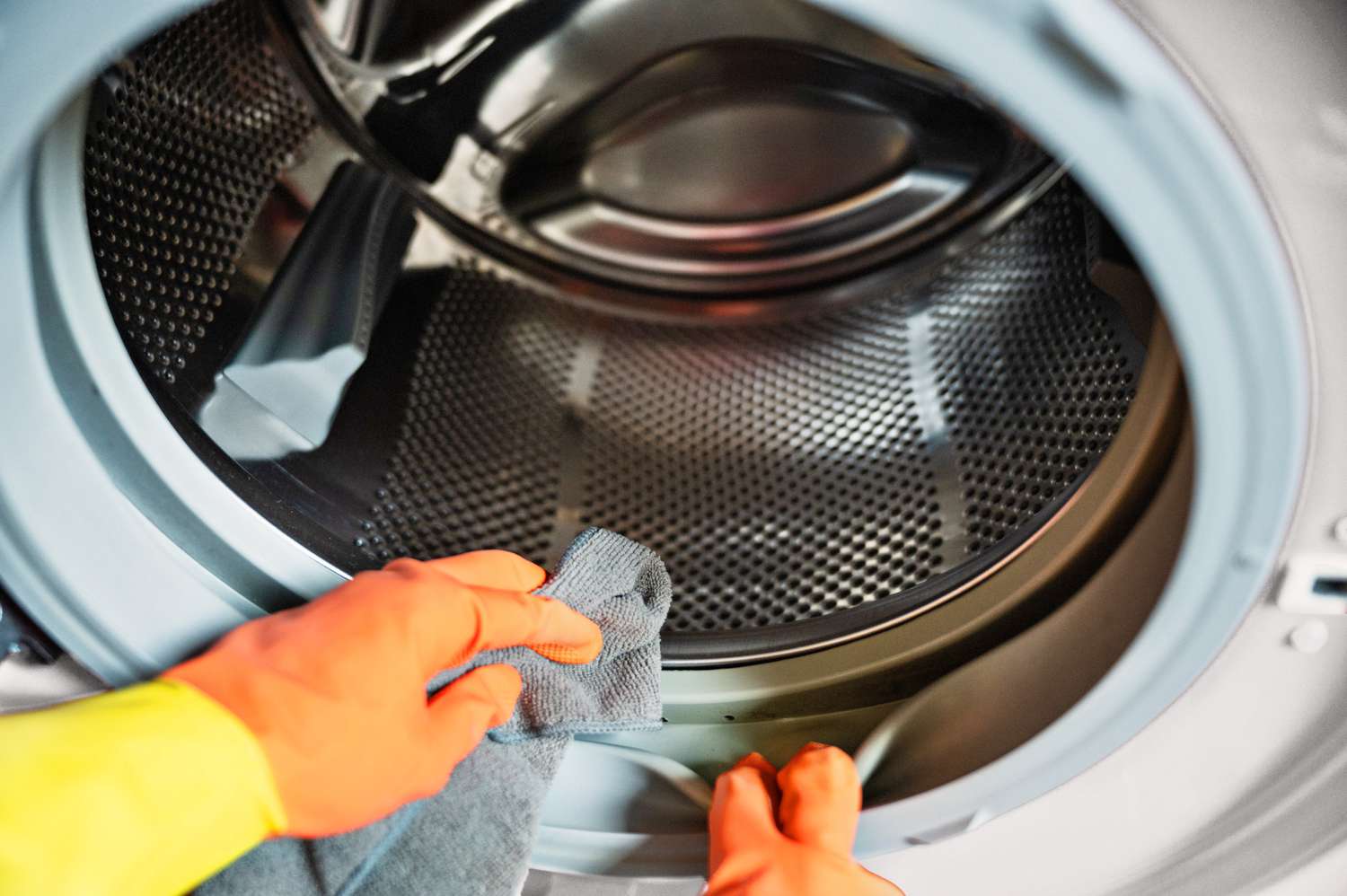
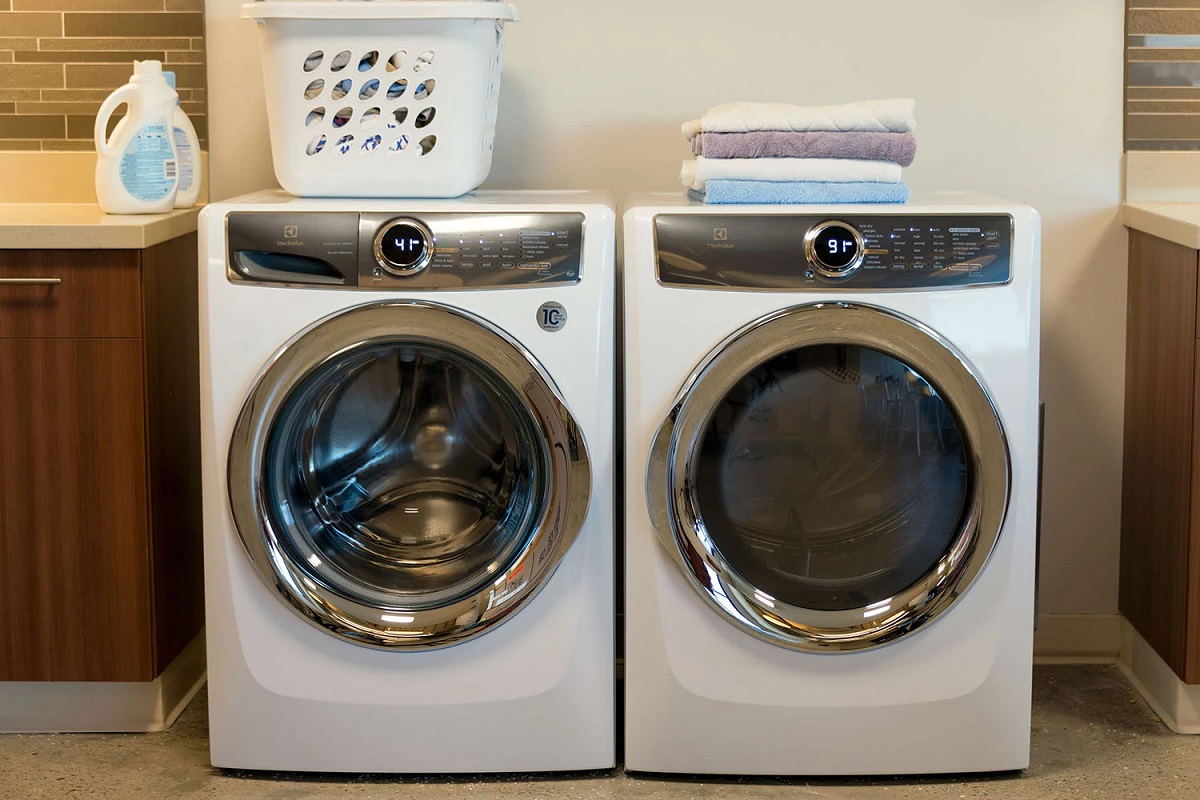
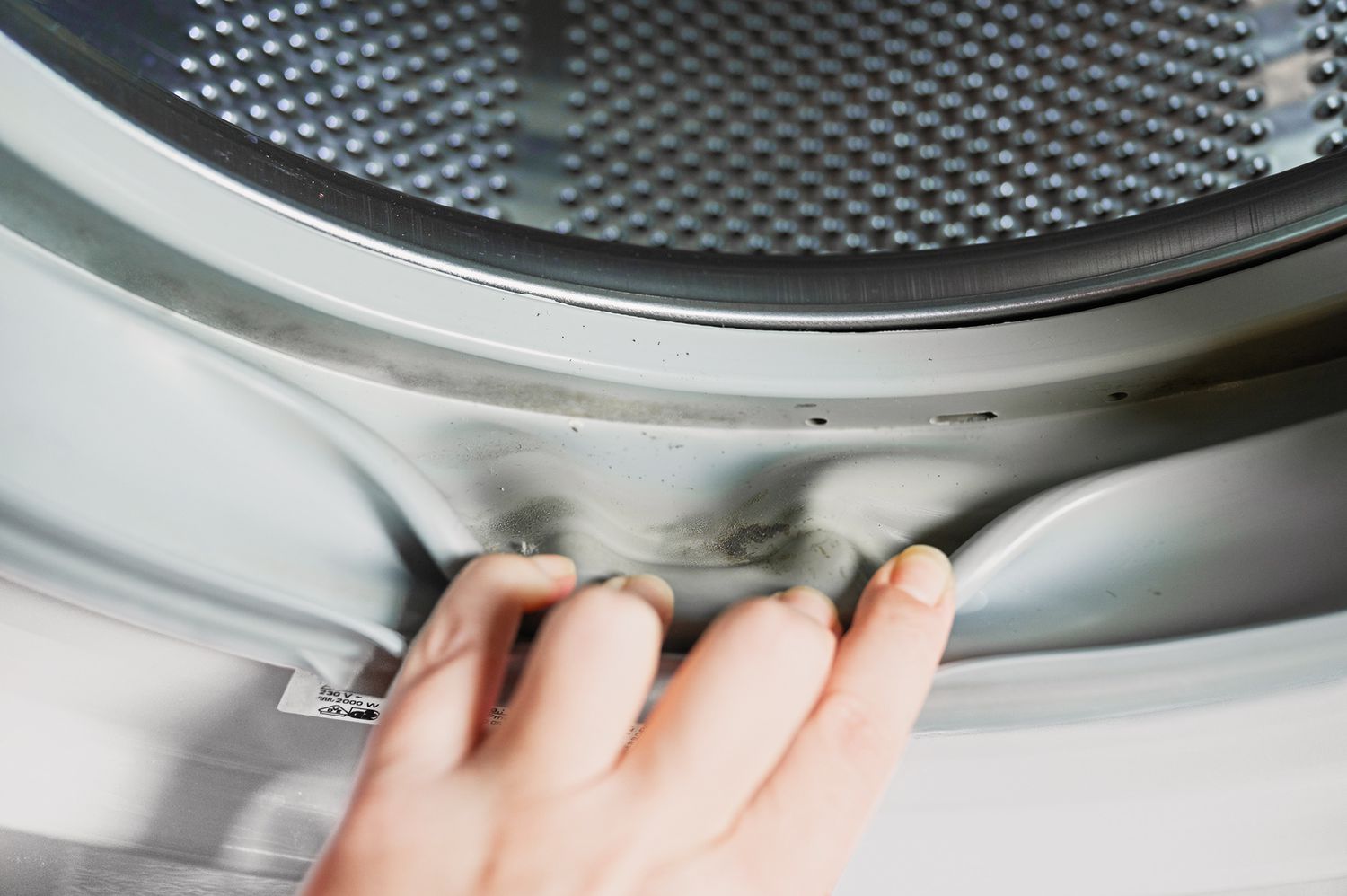
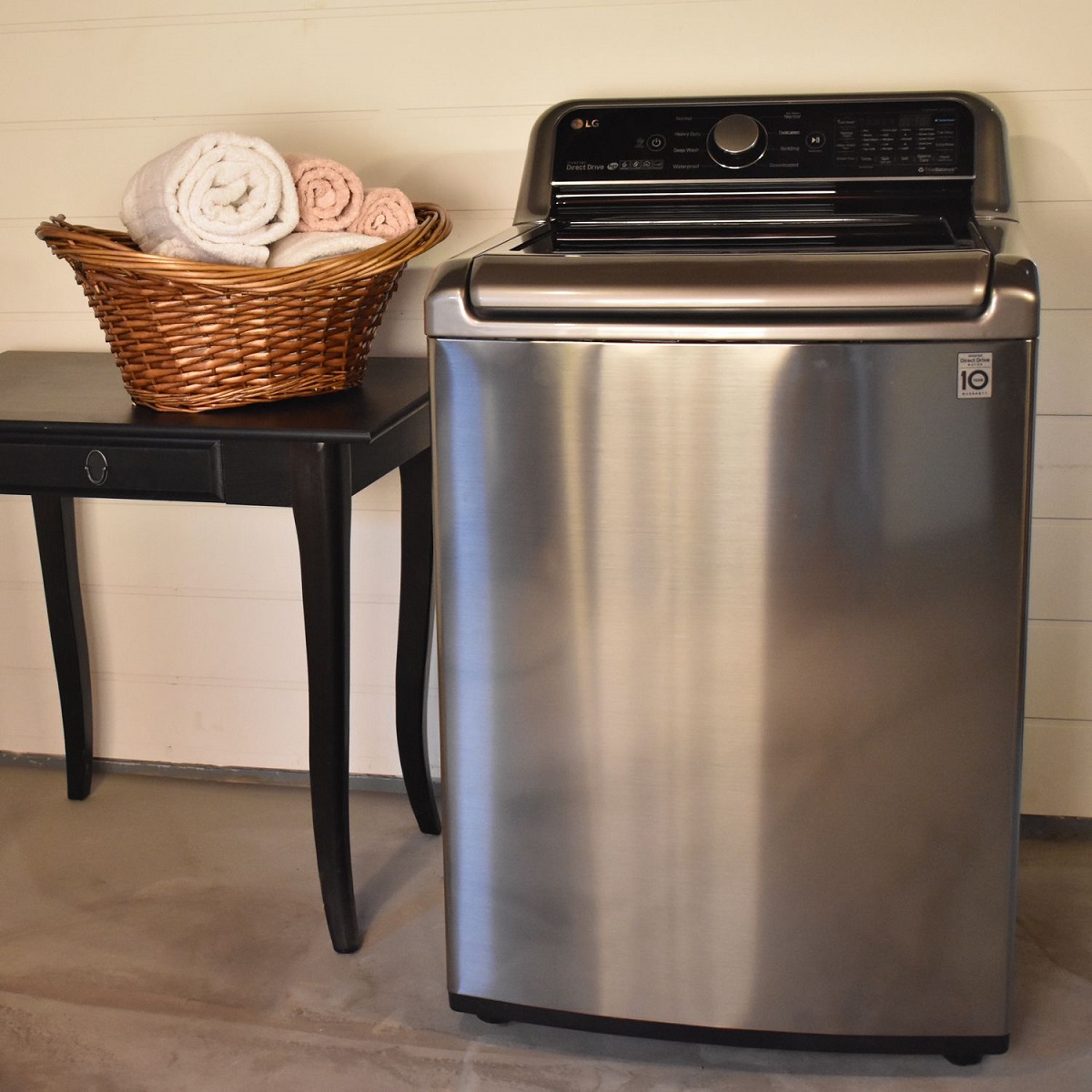
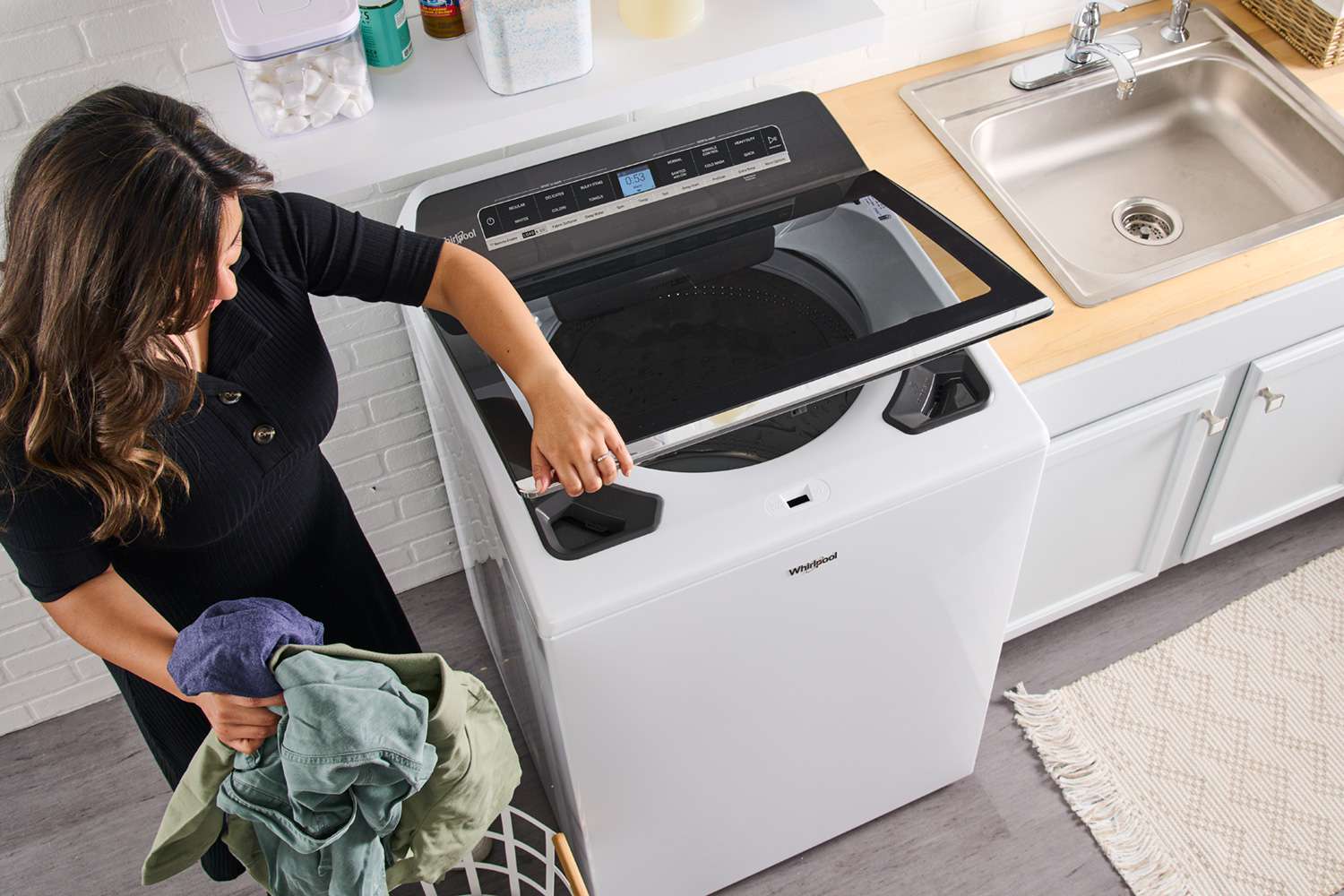

0 thoughts on “How To Refresh Towels In A Front Load Washer”